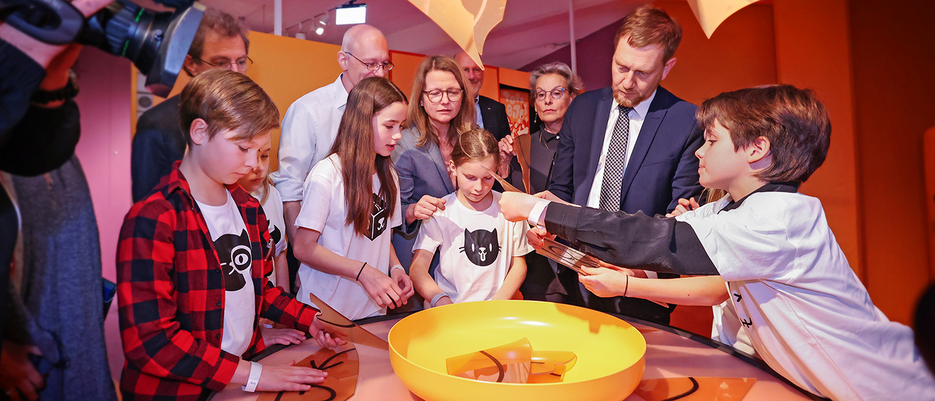The Queensland Department of Agriculture and Fisheries has announced Climate Mates, which is part of the $9 million Northern Australia Climate Program (NACP), will double its number of mates across the state.
NACP is a partnership between the University of Southern Queensland, Queensland Government and Meat and Livestock Australia Donor Company, and funded by the Drought and Climate Adaptation Program.
Deputy Director-General Bernadette Ditchfield said Climate Mates combined their local industry knowledge with climate information to aid producers in integrating climate tools into their decision making.
“The coming season may provide some much needed relief rain for many regions, and having Climate Mates can provide a better understanding of climate variability and help capitalise on any potential improved situation,” she said.
“Climate Mates are regionally located and established in their communities, with many of them living on-property and understanding the main issues impacting the grazing industry in their region.
“Doubling the Climate Mates from eight to 16 will help reach more producers, especially in very large areas, such as the Pilbara, and in areas with a large number of cattle, such as Rockhampton.”
Eight new Climate Mates have been appointed to:
- Border Rivers/Maranoa
- Burdekin
- Central Queensland
- Channel Country
- Fitzroy
- South East Queensland
- Victoria River District (NT)
- Gascoyne (WA)
These new Climate Mates join eight who are already based across Queensland in the north-west, far north, central north, south-west, and Burnett Mary, as well as outside the state in Pilbara, Kimberly and Barkly Tablelands.
University of Southern Queensland Vice-Chancellor Professor Geraldine Mackenzie said the Climate Mates had a close working relationship with NACP partners at the Bureau of Meteorology and the UK Met Office.
“This allows information to flow from the scientists to the producers via the Climate Mates, but also from the producers back to the researchers,” Professor Mackenzie said.
“Our scientists then use this information for their research and to develop practical products to meet producer needs.
“Climate Mates are mentored by our experienced team of climate risk management researchers and grazing industry extension officers.”
Central Queensland Climate Mate Peter Crawford presented at a workshop at Alpha earlier this year, where the participants managed a significant area of grazing country with a total herd of over 20,000 cattle.
“The seasonal climate outlook and information on the regionally relevant climate drivers were well received, with most participants indicated they’d look at the range of climate products and websites regularly as part of their grazing risk management strategy,” Mr Crawford said.
“A post-workshop evaluation showed a very positive reaction and substantial improvement in understanding the main climate drivers and some improved ability to carry out their own seasonal forecasting.”
NACP receives extra on-ground support from the Northern Territory and Western Australian governments, Rangelands NRM, Northern Gulf NRM and the Fitzroy Basin Association.
It is one of nine current projects under the $21m Drought and Climate Adaptation Program that brings together the best climate scientists, climate advisers, and cutting-edge researchers in the state, nationally and globally to help Queensland primary producers better manage drought and climate impacts.








